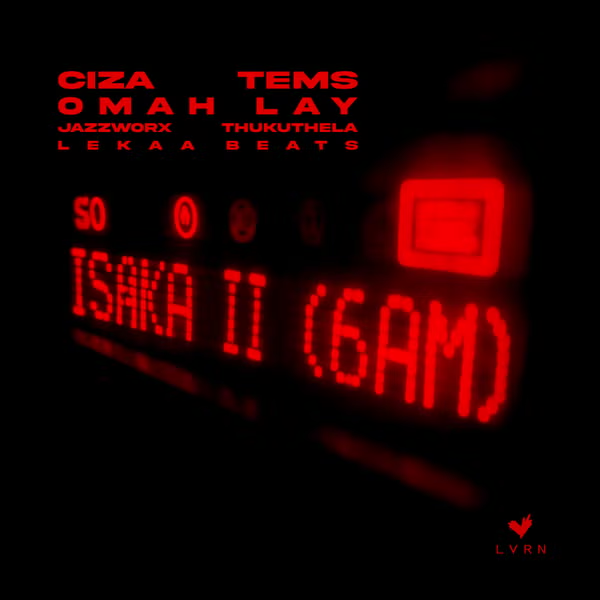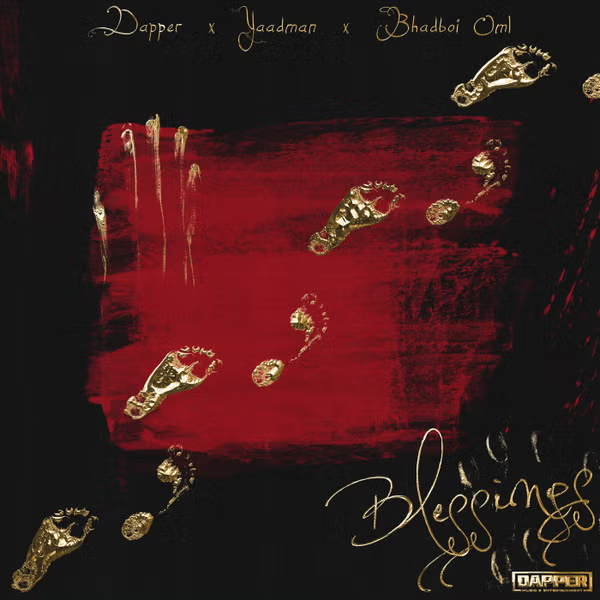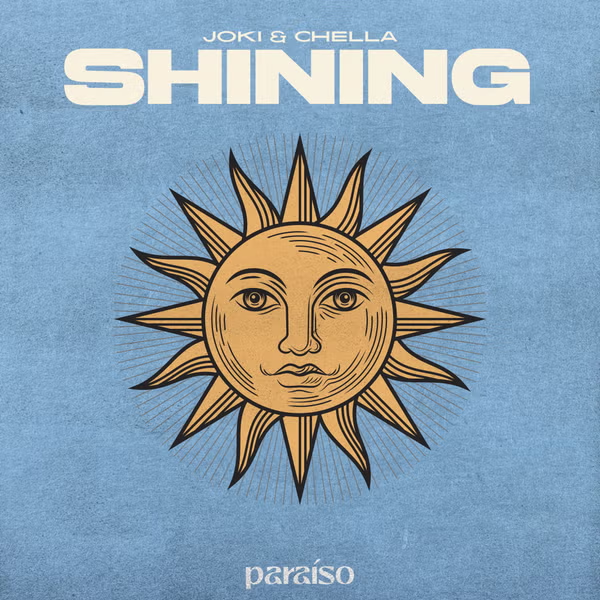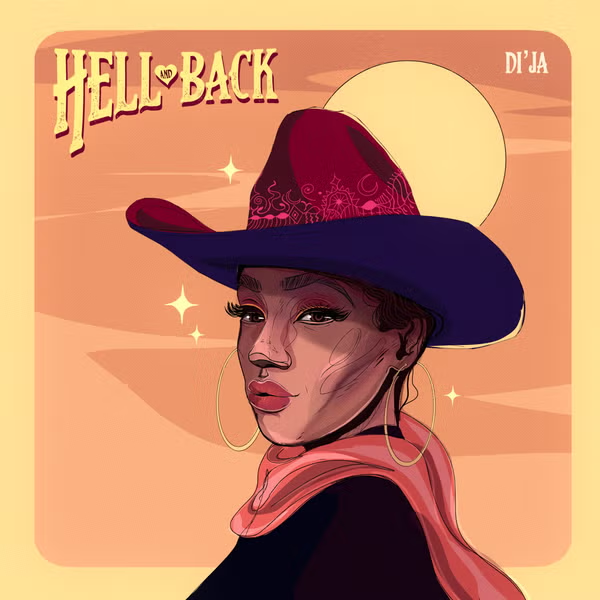The Kara, often mistakenly called Karo, are a semi-nomadic population who lives on the Eastern shores of the Omo River, in Southern Ethiopia.
The men count their wealth in cattle and the women in goats, and their status is revealed by the number of enemies they have murdered.
They paint their bodies for war and celebration and drink cow blood to revive their spirits. The women, scar their torsos in elaborate patterns for erotic effect, and in preparation for marriage, insert circular plates into their lower lips.
During courtship season, young men go down to the river bank to paint elaborate designs on their bodies using a mixture of chalk and water. The designs will wear off after a day of dancing and be repainted the next morning.
In the village of Nyangatom, men reportedly prepare for courtship dance by painting their bodies under the shade of a tree while a group of attractive young girls with black-and-white-painted faces and short beaded aprons walk out of the village and towards the men to announce the dance.
The men form long lines and jump in unison toward the girls, who had come forward to approach the men one by one, indicating their choice by bowing in front of the desired man.
At this point, the man then chases after the girl and, when he grabs her, the couple gets engaged in a rhythmic dance.
What most characterizes the Kara is their care and attention to physical appearance, their body painting and scarification techniques are elaborated and are still practised today.
On the occasion of the ceremonies, the Kara paint their bodies using the white colour. The designs range from simple dots to complicated weaves of lines and circles; both the face and the body are painted, both men and women paint their bodies.
However, the practice of painting the body has a dual function, one has aesthetic value because its purpose is to be more attractive to the eyes of the opposite sęx, the other function is to arouse fear among the enemies.




























